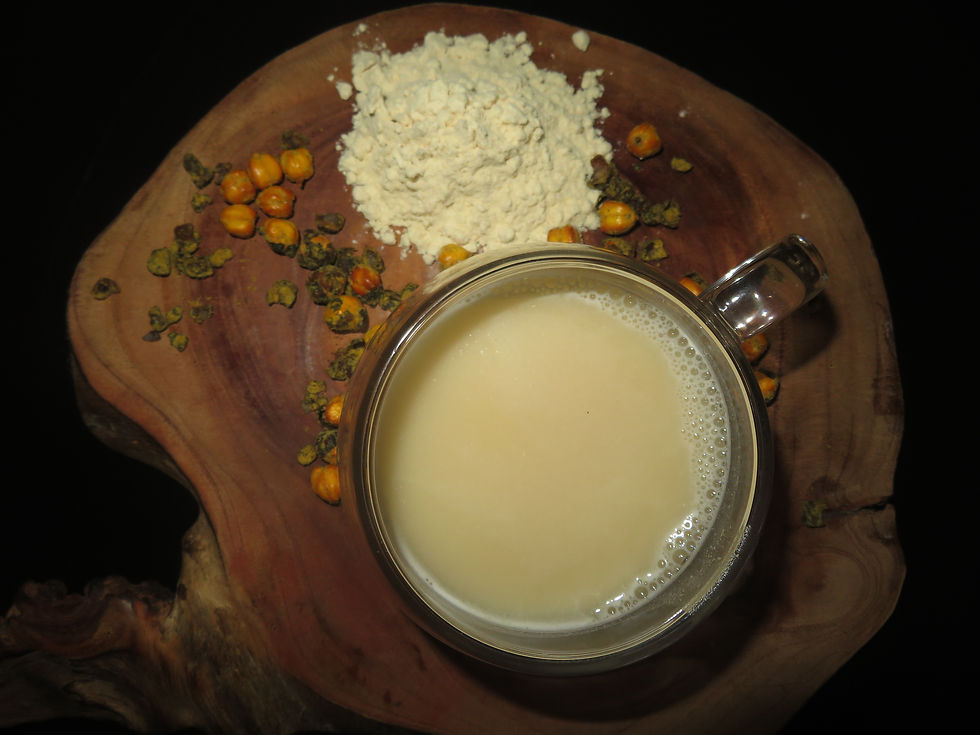Spill the tea
- mitu khaitan
- Jun 28
- 3 min read
Talking Tea, Business & Tradition with My Mom, Tarulika Khaitan

Mitali: Can you tell us a little about how you started working in the tea garden industry?
Tarulika: It’s a family business, so in some ways, tea has always been in the background of my life. But truthfully, I wasn’t keen on joining it. I had other ideas about what I wanted to do. Then one day, my father, your grandfather, traveled all the way from Kolkata to Bombay just to talk to me about it. He asked me to give tea a chance. He brought me straight into a tea tasting room, which is one of the most technical and important aspects of the industry. I didn’t enjoy it at all. But he smiled and said, “Just visit the gardens once.” So I did. We went to Assam, and when I saw the landscape, endless lines of tea bushes stretching to the horizon, something changed. The air, the quiet strength of the place, the people, the rhythm of life, I fell in love with it. And I’ve never looked back since.
Mitali: What’s something about working in tea gardens that most people don’t know?
Tarulika: Tea is an agricultural business, and like any form of farming, it comes with an enormous amount of uncertainty. In most industries, if you plan carefully and execute well, you can control a lot of the outcomes. In tea, that simply isn’t true. So much is outside your control. The weather is not in your control. Rain can come too early or not at all. But one of the most frustrating challenges is pest attacks, entire sections of tea bushes can be lost overnight. It’s a painful part of the business that few outside the industry truly understand. And then there’s the economic side. Labor costs are rising. Around election time, rates often go up suddenly, making it hard to plan financially. Meanwhile, tea demand globally is stagnant. African countries are increasing output, and within India, small growers are contributing more than ever before. So while your costs increase, the price you receive for tea doesn’t keep pace.
Mitali: How do tea gardens operate behind the scenes, from leaf plucking to packaging?
Tarulika: Most people see the finished product but the journey from garden to cup is incredibly intricate. Broadly, the process has two main components: the field and the factory. It all begins with plucking and the best quality tea comes from the most tender part of the plant which is ‘two and a bud’. Longer leaves or stems produce lower quality tea; they’re tougher and don’t yield the same aroma or texture. Once plucked, the leaves are quickly transported to the factory and are withered. The leaves are spread out and exposed to hot air to remove a portion of their moisture. This process makes the leaves flaccid, preparing them for the next critical phase: either Crush, Tear, Curl for CTC teas or orthodox rolling, depending on the type of tea being made. After that comes fermentation where oxidized leaves are carefully laid out and allowed to ferment. They are then moved into a dryer to further remove. The tea goes through sorting, and then finally packaged.
Mitali: How have you seen women’s roles in the tea world evolve in either gardens, factories, or management?
Tarulika: Women have always been central to the tea industry. In the gardens, it’s usually the ‘Maeki’ who do the most detailed work, like plucking and sorting, because it requires skill and precision. Wages for both the Maeki (female labourers) and male laborers are exactly the same. Now, more women are moving into leadership roles too. Today, many estates have women in management and ownership, so a difference is being made.
Mitali: What does chai mean to you personally as a part of Indian culture?
Tarulika: Chai is a part of daily routine, but also a point of pause. It’s one of the few things that brings together people of all generations and backgrounds. In many households, tea time is when everyone sits down together, regardless of age or which generation they belong to.. It also crosses economic boundaries, whether it’s a group of laborers or business owners, everyone has their cup of tea. It’s affordable, familiar, and widely shared. People connect and bond over that cup of ‘garam chai’
Mitali: What’s your favourite way to drink chai?
Tarulika: I love orthodox tea because it’s not too acidic so you don’t need to add milk to it. But I’ve always had tea with milk, it's customary and tradition now, so I still drink it that way out of habit.
Mitali: Thank you so much for this interview, we loved hearing from you.








Comments